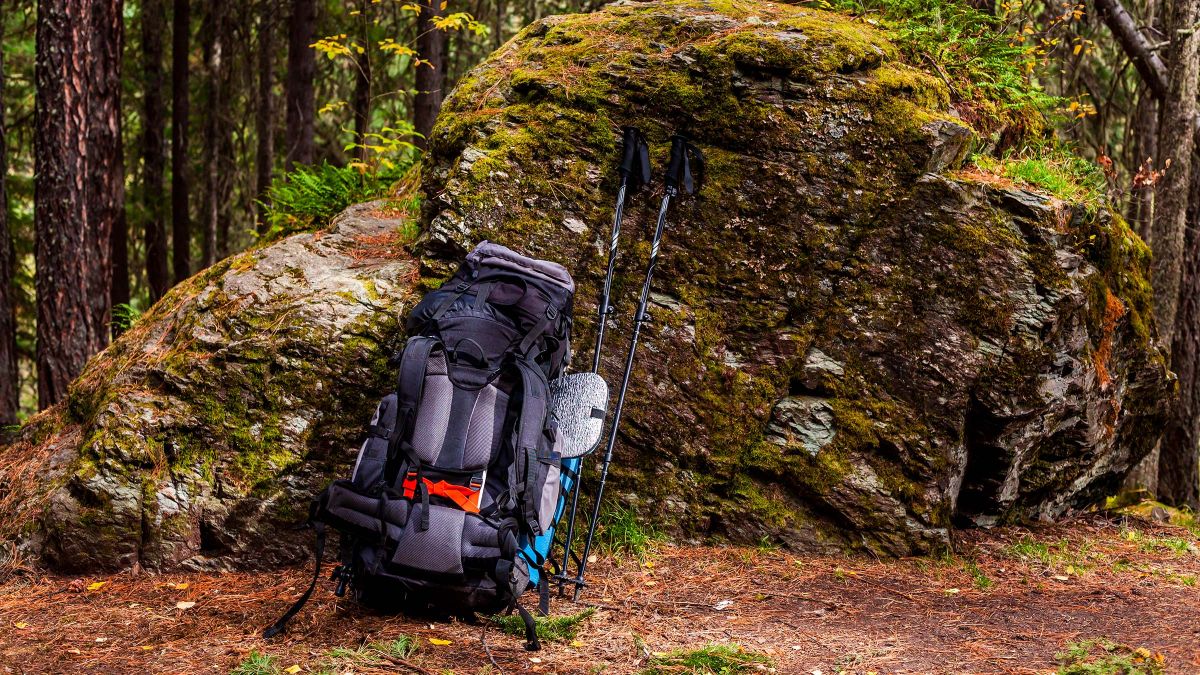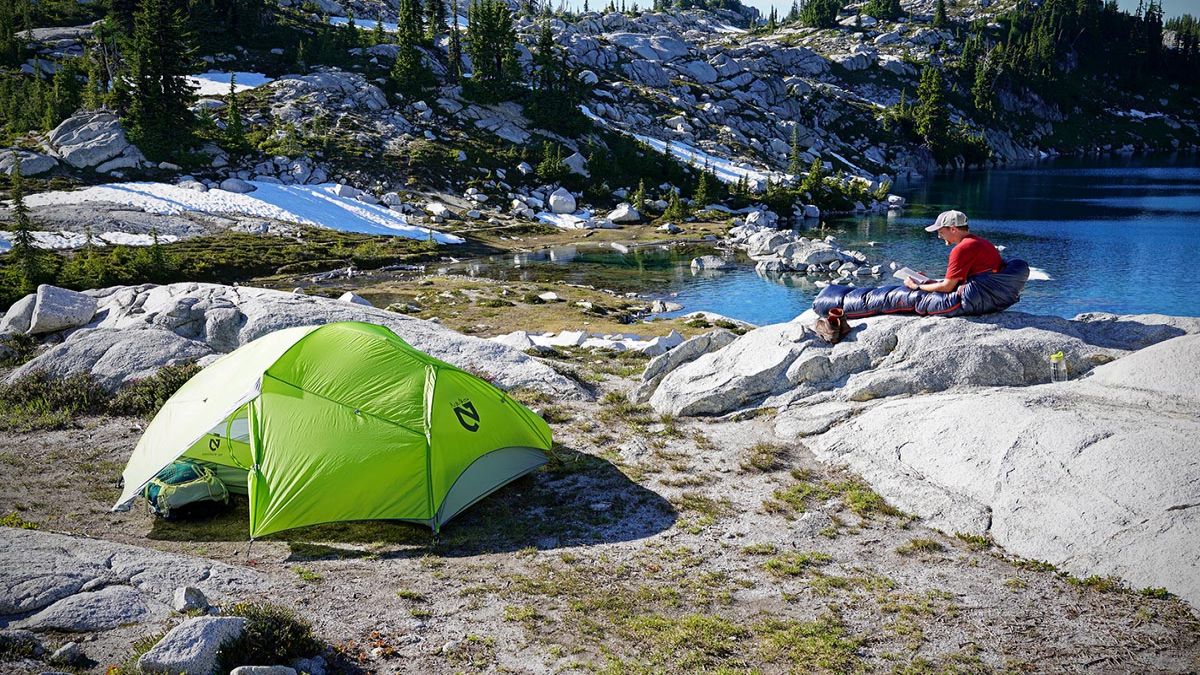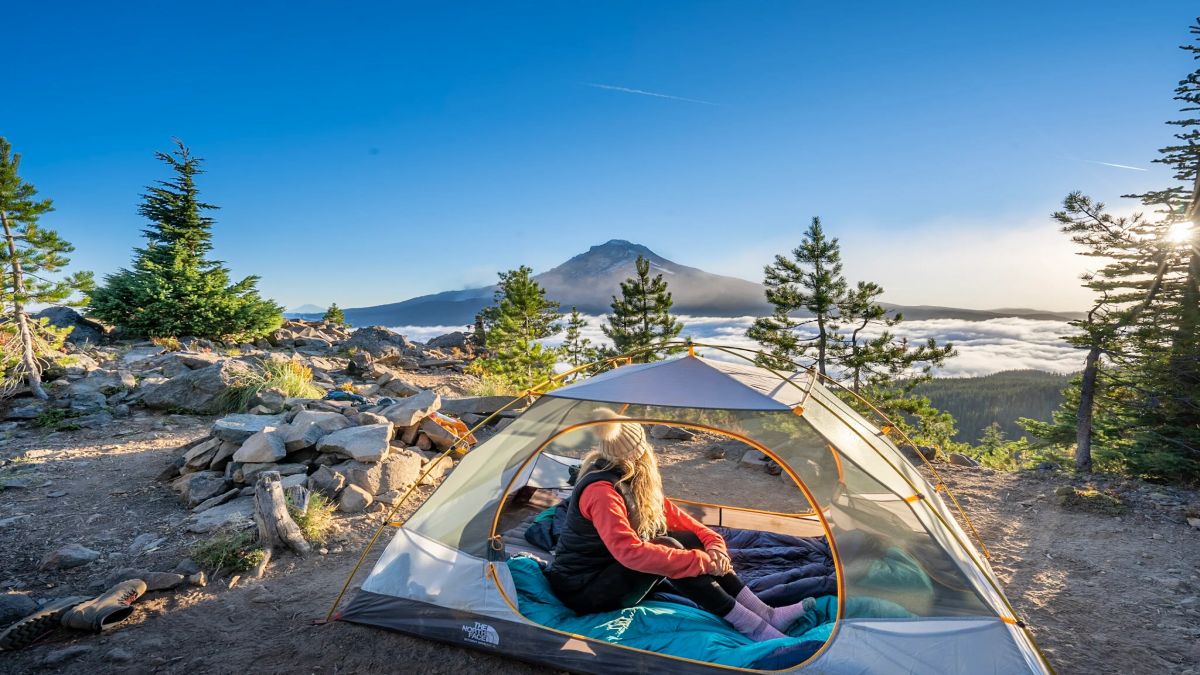Insuring Your Peace of Mind: An Overview of Common Types of Insurance.
How Much do you Know About the Game Minecraft?
Bloons TD 6: A Tower Defense Marvel Crafted by Talented Developers!
Launched 3 years ago, "Pokemon Go" is still going strong!
Weighing the Pros and Cons: Using a Personal Loan to Tackle Credit Card Debt.
Healthy Ways to Help Kids Grow Up
The crisp mountain air invigorates your lungs, the rhythmic crunch of boots on gravel echoes through the valley, and a sense of accomplishment washes over you as you reach the designated campsite.
Backpacking isn't just a hobby; it's a gateway to adventure, self-discovery, and breathtaking natural beauty. But before you embark on your first wilderness expedition, you'll need the right gear to ensure a comfortable and safe journey.
This comprehensive checklist is your key to unlocking the backcountry. It equips you, the aspiring backpacker, with the essential tools to transform you from a novice camper into a backcountry boss.
We'll delve into the core gear categories, providing breakdowns, buying tips, and recommendations to navigate the exciting yet sometimes overwhelming world of outdoor equipment.
Essential Gear Categories:
Backpack:
Your trusty backpack will be your home away from home on the trail. It's crucial to choose the right one for both comfort and functionality. There are two main types:
Internal Frame Backpack:
The frame is integrated into the design, offering a close, comfortable fit for efficient weight distribution. It is ideal for carrying heavier loads.
External Frame Backpack:
The frame sits outside the main compartment, allowing for better ventilation. They are often preferred for lighter loads or warmer climates.
Tip:
When selecting a backpack, proper fit is paramount. Visit a reputable outdoor store and get sized by a knowledgeable staff member. The backpack should sit comfortably on your hips, with the shoulder straps adjusted to rest snugly across your shoulders without digging in.

Volume Considerations:
Backpack size is measured in liters. A 40—to 50-liter pack is a good starting point for weekend backpacking trips. If you plan on longer excursions or carrying extra gear, consider a 50—to 60-liter pack.
Sleeping Bag:
A good night's sleep under the stars is essential for recharging on the trail. Sleeping bags are rated by temperature, so choose one appropriate for the expected lows on your camping trip.
Temperature Rating:
Sleeping bags are typically labeled with a comfort rating (the temperature at which a user will experience a comfortable sleep) and a lower limit rating (the minimum temperature the bag can keep you warm in).
Synthetic vs. Down Fill:
Synthetic fill offers good performance even when damp, making it a good choice for humid environments. Downfall is lighter and packs smaller miniature but loses its insulating properties when wet.
Tip:
When choosing a sleeping bag, consider your preference for warmth and weight. If you sleep cold, choose a bag with a lower comfort rating.
Sleeping Pad:
A sleeping pad provides insulation from the cold ground, preventing heat loss and ensuring a more comfortable sleep.
Insulation Types:
Sleeping pads come in various insulation types, with closed-cell foam offering the most basic level of warmth and self-inflating pads providing superior comfort and insulation.
Tip: Choose a sleeping pad that is long and wide enough for your body and offers adequate insulation for the anticipated temperatures.
Tent:
Your shelter from the elements, a tent protects from rain, wind, and insects.
Types:
Dome tents are popular for backpacking due to their ease of setup and lightweight design. Backpacking-specific tents are often constructed with lighter materials to save weight.
Size Considerations:
Your tent should comfortably accommodate the number of people using it. If needed, consider additional space for storing gear.
Waterproofing:
Ensure your tent has an excellent waterproof rating (measured in millimeters) to withstand rain and keep you dry.
Tip:
When choosing a tent, consider factors like weight, ease of setup, and livability. Please practice setting up your tent at home before your trip to ensure a smooth process in the field.

Camp Kitchen Essentials:
Now that your shelter is sorted, it's time to focus on fueling your backcountry adventures. A well-equipped camp kitchen allows you to prepare delicious and nutritious meals on the trail:
Cooking Stove:
A backpacking stove is the heart of your camp kitchen. It provides a reliable way to cook food and boil water.
Backpacking Stove Types:
There are two main types of backpacking stoves: canister stoves (lightweight and user-friendly) and liquid fuel stoves (more powerful but require more maintenance).
Fuel Considerations:
Canister stoves are easy to use and work well in most weather, but they can be expensive in remote areas and less efficient in cold weather. Liquid fuel stoves are more versatile and perform better in cold weather, but they require more maintenance. Cooking on the Trail:
Must-Haves:
Lightweight pot (aluminum or titanium) for boiling water and cooking + Spork (spoon, fork, and knife in one) to save weight.
Optional:
Mess kit for plates and bowls, camp mug, or cutting board for a more elaborate camp kitchen.
Food Storage:
Bear canister (required in some areas) to keep food safe from wildlife, reusable containers to organize your food, and dry bags for loose items like grains or nuts.
Comfort & Clothing:
Footwear:
Buy sturdy, waterproof hiking boots with good ankle support. Break them in before your trip!
Base Layers:
Wicking fabrics like merino wool or synthetics to keep you dry.
Mid Layers:
Fleece or puffy jackets for insulation in changing weather.
Outerwear:
Lightweight, breathable rain jacket with an excellent waterproof rating.
Extras:
Headlamp for nighttime, sunglasses, hat, and camp socks for cozy evenings.

Safety First:
First-Aid Kit:
A compact kit with minor injuries and illnesses supplies.
Navigation:
Map, compass, and knowledge of map reading (GPS is a helpful backup).
Emergency Shelter:
Emergency blanket, whistle, and signaling mirror for unexpected situations.
With this essential gear checklist as your guide, you're well on your way to conquering the backcountry. Remember, this is just a starting point! Research different options, prioritize comfort and safety, and don't hesitate to seek advice from experienced backpackers.
With the proper preparation and essentials in your pack, unforgettable adventures under the stars await!